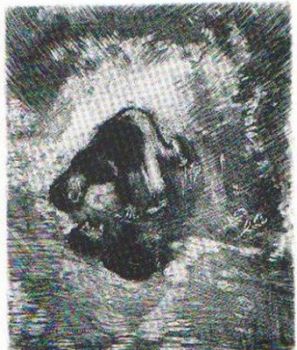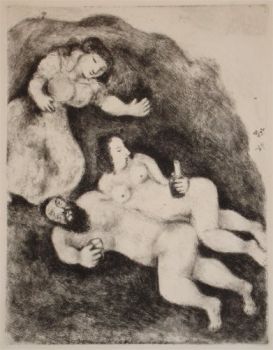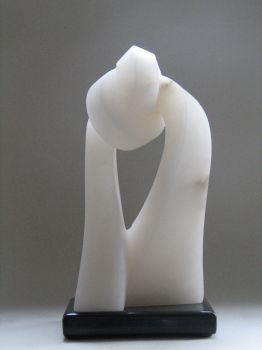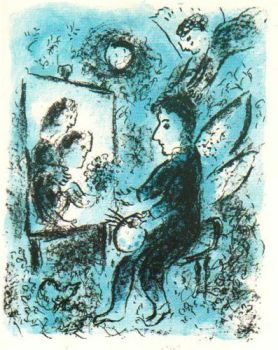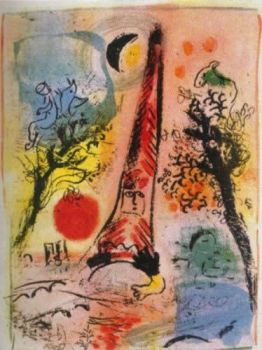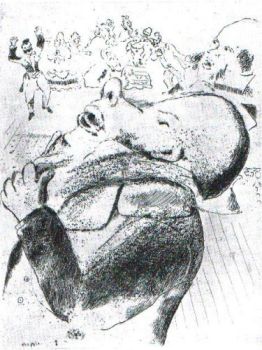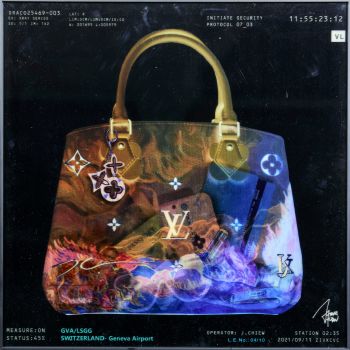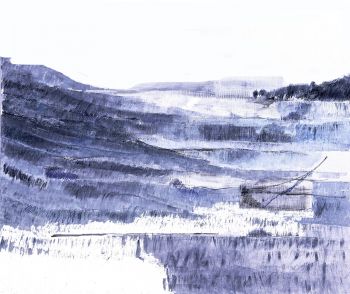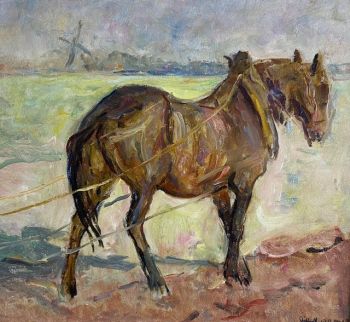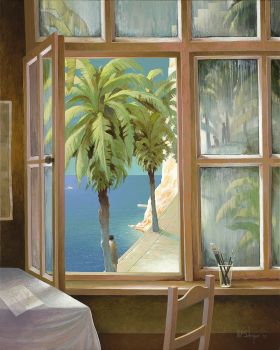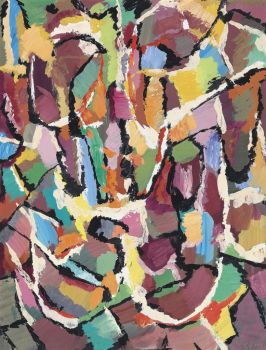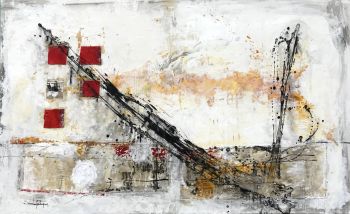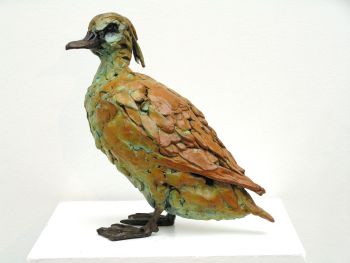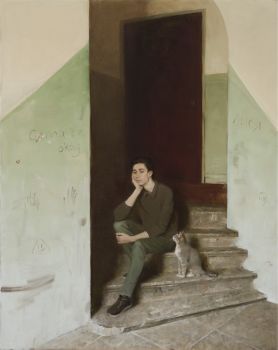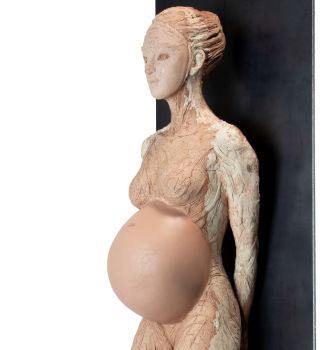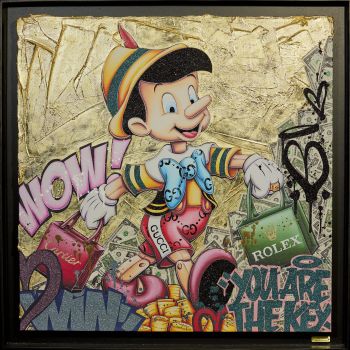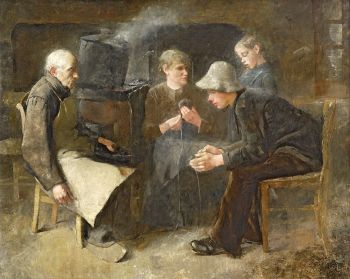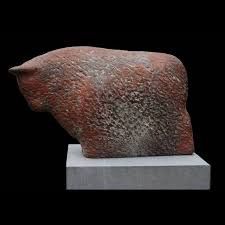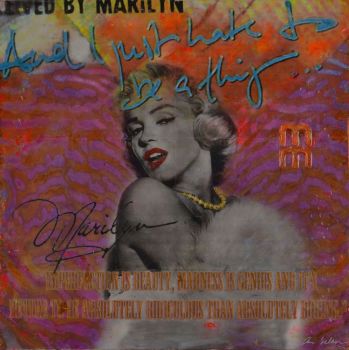What effect does the artist have on the value of art?
Artists are human, just like you and me. This means they also go through phases in their lives. And all artists are different; they have different characters and are influenced and affected by different things. So what is it you should know about an artist before you consider buying their art?
At Gallerease, we come across thousands of artworks, and with a team almost completely made up of art historians, you can imagine that heated discussions about both the value of art and different styles of art sometimes arise. You have probably heard about the different ‘periods’ in an artist’s life, or seen a work described as ‘late’ or ‘early’. What does it mean and why does it matter?
The artist’s development throughout his career affects the value of art
First of all, art should be about aesthetics over investments. Having said that, most people do like the idea of spending their hard-earned money on something that will at least maintain its value. I mean, you wouldn’t pay €500 for something that’s only worth €100, would you? Right, got it.
When connoisseurs talk about an ‘early’ or ‘late’ artwork, they are referring to the corresponding stage in an artist’s career. Even though this does not justify whether an artwork is worth buying, generally speaking ‘early’ works are less sought-after because the artist was still developing his or her own style at that time.
On the other hand, ‘late’ works sometimes break with the artist’s authentic style because they were created for a more commercial purpose. Later works might also be copies of early and mid-career paintings that were lauded by critics. But in the case of many artists, these late artworks are considered among the very best pieces, because they have completely evolved into their own auth styles.
Ok, so the period in which an artwork was created does not necessarily translate into more or less value. Then what makes a particular artwork worth buying? The answer to this question lies in understanding the actual artist that made the artwork.
Marc Chagall, Autoportrait, Arthouse Marc Chagall.
The factors that determine the value of art
If you decide to buy an artwork, you obviously liked what you saw. First and foremost, that’s what determines the value of art. But did you look into the artist and the rest of their oeuvre? Would you buy a car without test-driving it or a computer without knowing how much memory space it has? Exactly.
One of the most common mistakes made by novice and young collectors is that they buy art without doing any research. They often assume that because they’ve heard of the artist, any artwork signed by this artist is valuable. Hint: it’s not. It can be of a superior quality but it can just as easily be mediocre at best.
The value of paintings by artists known around the world can still fluctuate tremendously. Some of their work is of such poor quality that no one in his right mind would bid on it, signed or unsigned.
How to understand the value of art
Do you what you already do; browse the Internet. Admittedly, not all young contemporary artists have had lots of information written about them by third parties, but any respectable artist should have a website with a biography and a list of exhibitions that they participated in. And if there are interviews with the artist or with a representative gallery, even better!
Nowadays, most artists also use Facebook and Instagram to showcase their artworks, including details about their artworks, how they work and even what inspired them. Your research is easily done online but don’t forget the offline part. Contact the gallery and ask for information such as books or catalogues.
Look, look, look. Look at as much art by the artist as you possibly can. Visit their exhibitions, the art fairs at which they are represented by their galleries, and (in some rarer cases) go to the museum(s) that have included the artist in their collection. The gallery that represents the artist can tell you exactly where you can see the artist’s work. This might not always be as obvious, work might also have been bought by hotels or corporate collection.
But hey! Why not visit an office space if that means you can get to admire the work of an artist you’re considering to collect from? Try to gather as much information as possible about the art you see.
Natascha Hemke, Death Mask - Self Portrait, Fotogalerie Utrecht
Art collectors can give you a great indication of the value of an artwork
Chances are existing collectors are not only as enthusiastic about the artist as you are, they will know what to look for as well. Galleries might not always be as open to disclose their client’s names but you’re probably going to spot a few when you attend vernissages and exhibitions.
Besides collectors, art critics and curators attend these events as well, so don’t be shy! Remember, people LOVE to talk about art (and not seldomly show off how much they know about the value of art, a specific artist or artwork)!
It’s all about about getting to know the artist and their work
Speak with the artist directly. Wait, what? Is that possible? Yes, of course it is! This is even one of the advantages of buying art from a gallery. Ask the gallery that represents the artist whose work you are interested in when they are planning their next exhibition featuring his or her work. If they have nothing planned yet, you are at least creating a demand (which never hurts).
Galleries also invite their artists to the fairs that they participate in, which offers you another chance to hear them out in person. Don’t interrogate them but ask them about their career and let them explain something about their artworks. Ask which one they like best or are most proud of and why.
And when you’ve made your choice? Don’t try to pressure the gallery too much into giving you the lowest price imaginable. Although it never hurts to negotiate the price of a certain artwork, remember that the money you pay goes towards a good cause, it provides the means to organise more exhibitions, to buy more materials, peace of mind for the artist and a guarantee that the artist can continue creating the art you love. The value of art goes beyond the monetary.
Guy Janssen, Self-portrait, Morren Galleries.
In summary, getting to know the artist names and their work takes time but it is time very well spent. The more you get to know it, the more beautiful an artwork will become.
Despite the many obstacles, such as a lack of time, few exhibitions or the artist living very far away, it shouldn’t stop you from finding out what has driven the artist to create different styles of art and why a gallery has chosen to represent them.
Rest assured, most galleries will have plenty of information and are more than willing to assist you in your search for the perfect artwork. The more effort you put in it, the better informed you will be and the more you will enjoy the artwork once it has been installed in your office or your home.
So that artist you love so much? Which one is their best work? The ‘early’ or ‘late’? You tell us.
Enjoyed this article? Please also have a look at our latest artworks at Gallerease!




